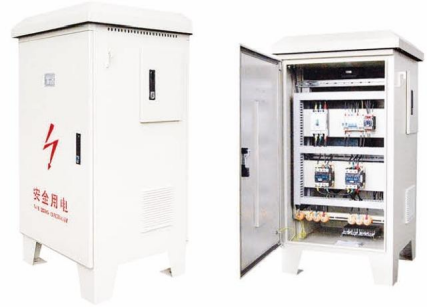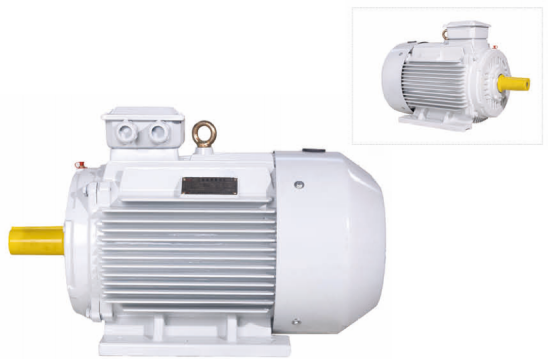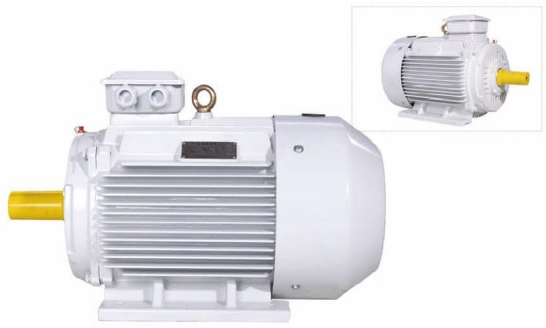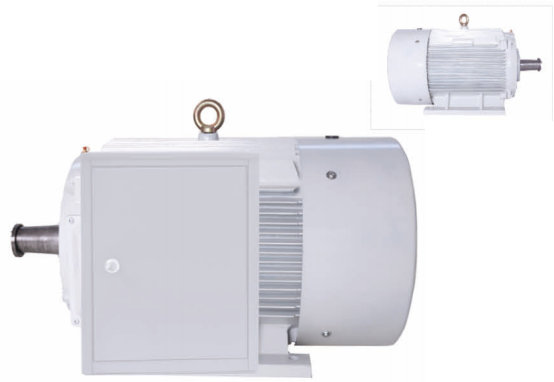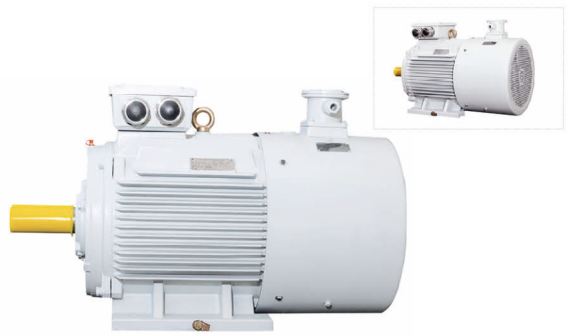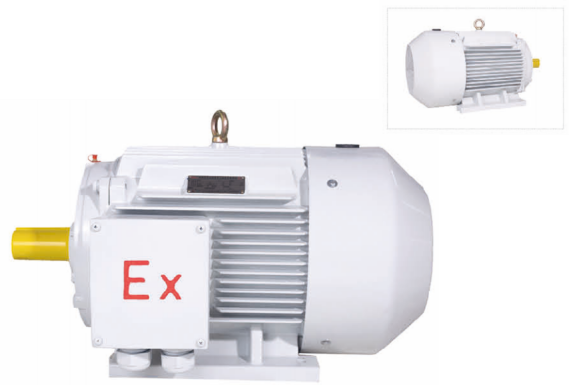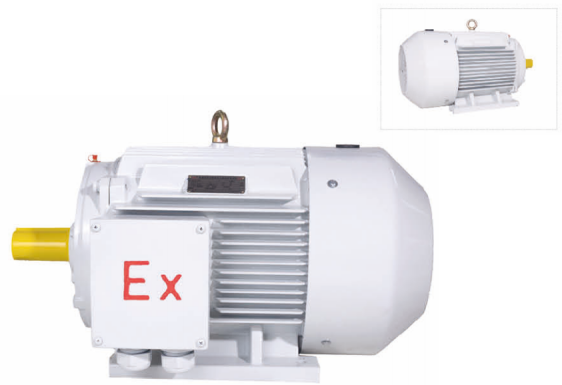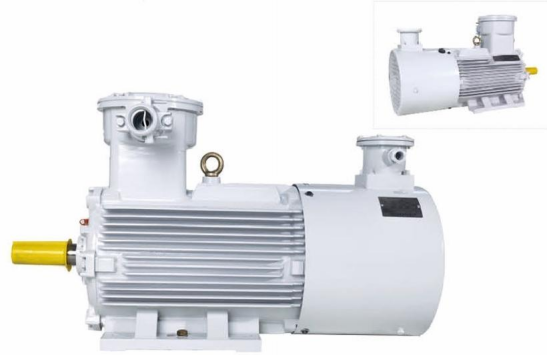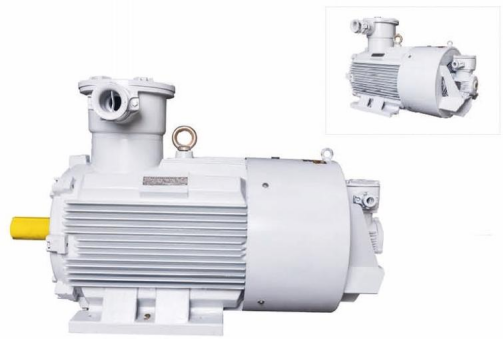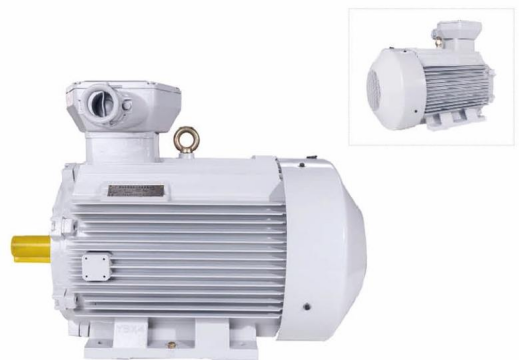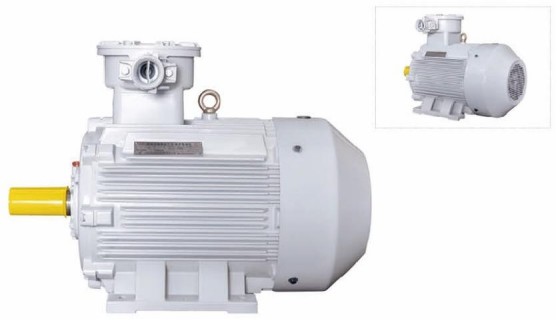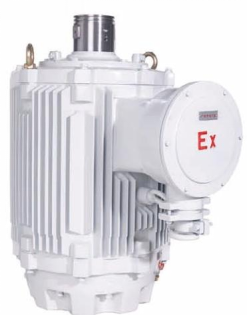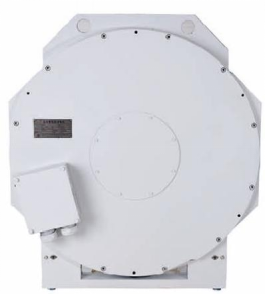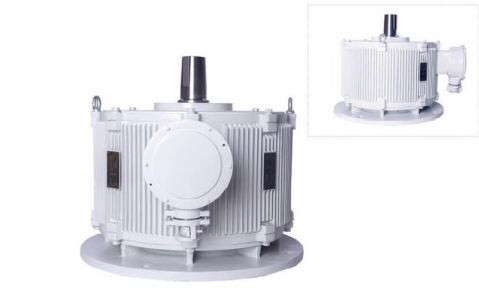Wedoany.com Report-Apr. 14, Singapore is intensifying efforts to enhance its power grid and broaden its energy mix, aiming for net-zero emissions by 2050. Natural gas, which currently generates 95% of the nation’s electricity, remains a key component in this transition.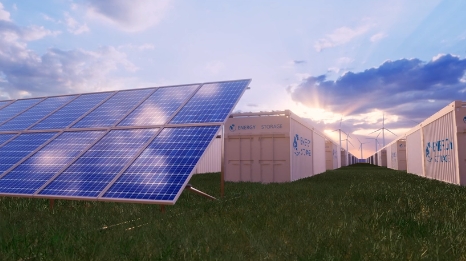
With a target to reduce greenhouse gas emissions to 45–50 million tonnes by 2035, the city-state is addressing the challenge of meeting growing energy needs while adopting cleaner solutions. Violet Chen, Director of the Energy Capabilities Development Department at the Energy Market Authority (EMA), stated: “This is not easy, because at the same time, we have to work out the cost-effectiveness of it, as well as the management, resilience and energy security. We also have constraints faced by Singapore, such as land and having limited renewable energy options.”
To overcome these limitations, Singapore is boosting its solar energy capacity, on track to achieve 2 gigawatt-peak by 2030. Chen noted: “We are now one of the world’s most dense solar cities. We have reached our target of 1.5 gigawatt peak, and we are on track to achieving our target of two gigawatt peaks by 2030.” However, due to limited land, solar is expected to contribute only about 10% of the electricity supply.
The government plans to import approximately 6 gigawatts of low-carbon electricity by 2035. “We are collaborating with our partners in the region to facilitate cross-border electricity trade,” Chen said. Additionally, the EMA is exploring low-carbon technologies such as hydrogen, advanced nuclear, and carbon capture. Chen emphasized: “While we explore various options... natural gas will continue to provide us with a reliable power supply.”
To ensure grid stability, Singapore is investing in battery energy storage systems and demand response initiatives. “Battery energy storage systems are large batteries… they can charge and discharge very quickly… to better manage the demand and supply situation,” Chen explained. She also highlighted the Demand Response Program: “This is where consumers can reduce their energy consumption during times of system need and be rewarded with financial incentives in return.”
To drive innovation, the government is partnering with private companies. Chen stated: “The government really looks forward to partnering our businesses to co-create solutions. We will want to work with them to ensure a viable regulatory framework that can actually facilitate new business models.” These collaborations aim to foster sustainable energy practices while maintaining economic viability.
Singapore’s multifaceted approach—combining renewable energy expansion, regional cooperation, and advanced technologies—positions it to balance environmental goals with energy reliability, ensuring a resilient power system for the future.
